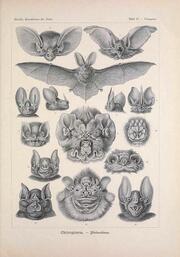|
The Cape is renowned for exceptional whale sightings each winter. Beat the busier hubs (sorry Hermanus) with a quieter road trip along Overberg backroads and discover a more tranquil trail of whales. South Africa’s unofficial Whale Route starts just south of Cape Town and extends around the country to Richards Bay and St Lucia in northern KwaZulu-Natal. That’s almost 2000 kilometres of magnificent whale-watching coastline. Sure, there’s good reason Hermanus was dubbed the country’s Whale Capital, but with an entire ocean out there to explore, why not broaden the net a little? Set sights on Africa's southernmost pointSetting off early from the city of Cape Town, sticking to the N2, I set sights on L’Alguhas and the southernmost tip of Africa – surely, the closest one can get to the ocean (and moreover, where both South African oceans meet) is a sound starting point for an offbeat whale-watching road trip? To fuel the way, Die Ou Meul provides proudly South African fare in road trip-friendly form. I speedily swallow a perfectly flakey golden-baked bobotie pie in Riversondereind, and onwards we go. From here, it’s an easy straight road south. Agulhas National Park is a popular stopover. Most tourists stream in for a selfie at the signpost signalling the southernmost tip of Africa, but this park is far more than a mere marker. As Scott Ramsay puts it in his book, Love Wild Africa, this was once “the Serengeti of the South, with large herds of antelope wandering its plains”. There are even records that one shipwreck survivor was killed by an elephant many hundreds of years back. The park’s newest attraction is a 3D relief map of Africa, bulging where mountains stand (Kilimanjaro and the Drakensberg are unmistakable) and dipping where waters have filled the cracks of the earth with water (hello Lake Malawi. I can’t help but imagine how many African elephants must have once roamed this incredible continent. Now the only ‘elephants’ to be found around here stick to the seas. Behind me, upon a small koppie, stands the second-oldest lighthouse in South Africa built in 1848. With an exceptional vantage across the sea, one is sure to see the Southern Right Whales that frequent these bays to breed from August to November. The tails, fins and splashing of the giant mammals are striking as their softness contrasts so sharply against the jagged rocks and stones that brought an end to many ships. Hence the need for illumination from this lighthouse. Of ostriches and shipwreck storiesLeaving the park, I meander westwards into the next sleepy coastal town. Named after the many ostriches that frequent the sandveld region, Struisbaai (derived from the Afrikaans name for these non-flying birds ‘volstruis’) has one of the only natural harbours in the area. Primarily a fishing harbour, colourfully-painted boats float on water that better belongs around a Greek island it’s so tropically-hued. Sadly, Parrie the famous stingray isn’t home (he regularly visits this harbour for a snack) and I have to settle for soft-serve ice cream cone instead. Before I’m too tempted to buy another, it’s time to drive the short 40-kilometre gravel stretch to home for the evening. Built in 1933, the Arniston Spa Hotel sits at the fore of a charming seaside village named after a shipwreck and, according to the hotel literature, it’s the only town in South Africa with two names too, for Arniston is also known as Waenhuiskrans. White-washed homes line the roads and tawny cliffs of this beautiful bay, and I’m struck again by the totally turquoise waters that welcome me to town. In the summer holidays, this town heaves with holidaymakers packed into the campsite, but the hotel is a hushed haven during the cooler offseason. Kassiesbaai, next door to the hotel, is a heritage site of lime-washed walls and thatched roofs that is one of the last practicing fishing villages in South Africa. Like the ones floating in Struisbaai, a kaleidoscope of fishing boats line the edges of the ocean. There are about a dozen vessels based here and each one is responsible for the livelihood of the sixth or seventh generation residents that earn their keep from the kelp-filled sea. An early morning stroll along the Waenhuiskrans Nature Reserve coastline provides yet another excellent vantage point for whale-watching, and I have it all to myself. Alternatively, the hotel’s luxury sea-facing rooms have a private balcony (and a fireplace too) for mornings too chilly for bracing the outdoors. The waters around Agulhas and this southern tip have claimed 129 ships since 1673, something I learn on the way to my next seaside stay. The Shipwreck Museum in Bredasdorp is oused inside some of the town’s oldest buildings and offers insight to the hardships of this otherwise picturesque coastline. A museum guide points out the irregular shapes of the beams holding up these buildings, the result of them originating from shipwrecks. Wooden Masts and hulls that once sailed, cleverly repurposed into more stable structures. Onwards to the place of hopeSaving best for last it’s time to check into the ultimate whale-watching wonderland. A sanctuary both on land and sea, De Hoop Nature Reserve protects pristine marine and fynbos habitats. Initially, the grounds of De Hoop (which means ‘place of hope’) belonged to the Dutch East India Company, and the original manor house still stands testament to these early farming days (or the unfortunate lack thereof as the name insinuates). Thanks to abominable farming conditions, De Hoop has long been a protected area instead. Home to early breeding herds of the Cape Mountain Zebra, Bontebok and a Marine Protected Area since 1985, it’s easy to see the success of sanctuary on the Interpretive Marine Walk. Departing from Koppie Alleen, Albert Sello from De Hoop Collection guides a stroll amidst the rock pools at low tide. Pairs of African Black Oystercatchers trot the rocks, “Southern Africa’s rarest endemic coastal bird”, Albert notes and he proceeds to further unlocks the wealth of these waters. There are the gentle spirals of a Giant Turban, otherwise known as the Allekreukal, which takes nine years to mature. The technicolour shades of sea blossoms named Cape Sea Urchins, the unusual antics of Wind Sailors and gorgeous Reticulated Sea Stars too. I’ve never felt so in enamoured by limpets or whelks or kelp or periwinkles or dead-mans fingers (the actual name for a sort of seaweed). In 2018, a new record was set for whale sightings at De Hoop Nature Reserve when 1116 southern right whales were counted in an aerial survey that crossed the Western Cape. Another long-serving De Hoop Collection guide, Dalfrenzo Laing, agrees. “I’ve worked here for many years and we’ve never been disappointed by whale numbers – almost 150 every year”. He reckons September and the beginning of October are the best time to see cetaceans, “that’s when they do their count”. The hard stats are there to back him. “Koppie Alleen is without question the most important nursery area for southern right whales on the South African coast”, said Marine Conservation Photographer Jean Tresfon, who conducted the survey for the Mammal Research Institute Whale Unit. This year, the whales appeared a little earlier, William Stephens of De Hoop Collection reported. “The usual season for whales is between June/July and November - this is when the southern right whales migrate from Antarctica to breed and raise their calves - so it’s exciting seeing them now, especially in this rather bleak time of Covid-19”. Beyond the wondrous whale sightings and fascinating rock pools, there are broad beaches out here too. Nearby, inside the Blombos Cave, evidence exists that the world’s first pieces of abstract art date back roughly 70000 years. Ending our walk, Albert guides us back up the beach and we pass ancient shell middens that stand testament to the abundance of life harbouring in these sheltered shores. Along with the whales, humans have found security and harvest here for thousands of years. No wonder I felt so at home. Do the Overberg's Whale WanderCAPE COUNTRY ROUTES is a collection of curated accommodation options and experiences across the Western and Eastern Cape. Each independent stay (as opposed to resort chains) is owner-run and retains an old-school inn feel that prioritizes country charm and carry a deeper sense of history. Both the Arniston Spa Hotel and De Hoop Collection belong to the portfolio. THE ARNISTON SPA HOTEL sits in a prime position overlooking the Indian Ocean. There’s more of an old-fashioned hotel vibe here and it boasts pretty white beaches within walking distance. From R915 per room. AGULHAS NATIONAL PARK, home to The Southernmost tip of Africa, is free to enter, but there’s a fee for the lighthouse museum if you want the real prime whale-watching views. THE SHIPWRECK MUSEUM in Bredasdorp charges a nominal entry fee and is open from 9am to 4.45pm. Set aside about an hour for a visit and peruse all the intriguing maritime memorabilia. THE DE HOOP COLLECTION sits inside the De Hoop Nature Reserve and stays true to its farmstead history. The old buildings have been magnificently restored into a range of accommodation options from self-catering cottages to entire manor homes. Expect king-size beds and essentials such as fireplace, heater and tea stations that keep the winter weather at bay. Don’t miss a meal in the Fig Tree Restaurant, which overlooks the magnificent vlei – ideal for sundowners. A 40% discount is available for locals on all accommodation types until 31 August 2020. THE INTERPRETIVE MARINE WALK is a non-negotiable must-do. The two-hour guided activity will have you exploring the coastal pools at low tide. Look down to spy a well-camouflaged octopus or colourful anemones and look up to spot the sprays of Southern Right Whales that visit between June and December. LEKKERWATER BEACH LODGE is the newest accommodation offering in the De Hoop reserve and means ‘the place of good water’. Expect a luxurious, lodge-style beach experience in one of just seven rooms located on a stretch of private beach. You can currently book the lodge after lockdown lifts for exclusive use (maximum of 12 guests per group) from R12000 a night. A version of this story first appeared in Sawubona magazine.
0 Comments
Leave a Reply. |





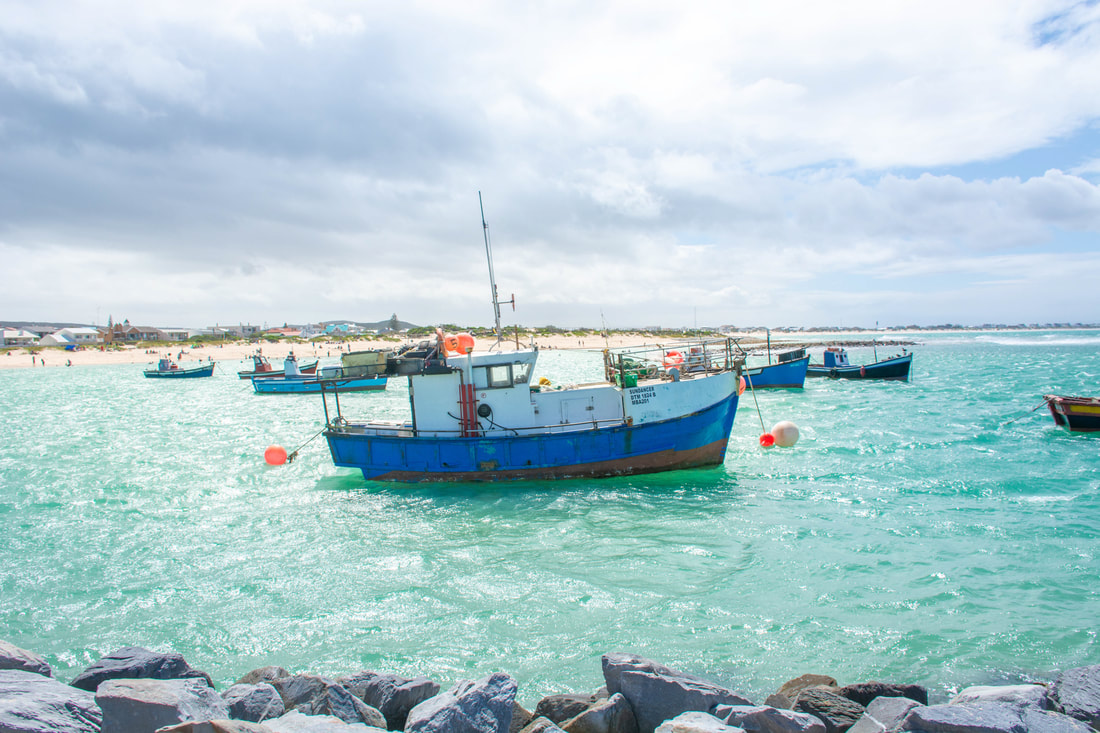


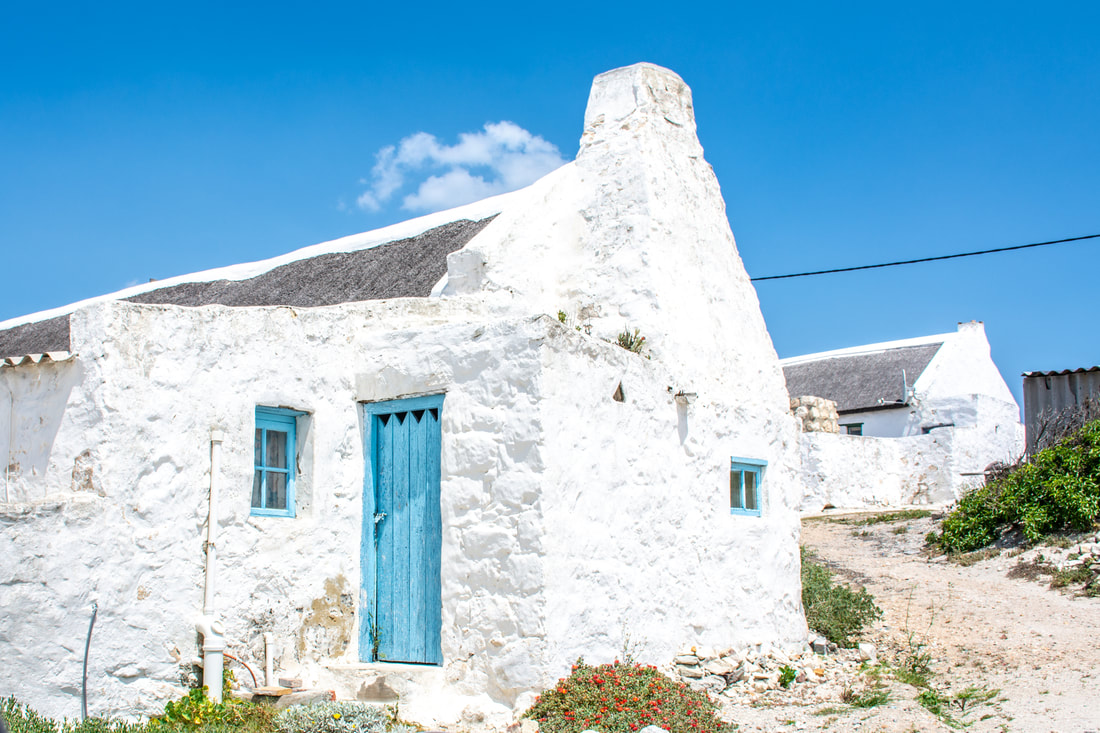

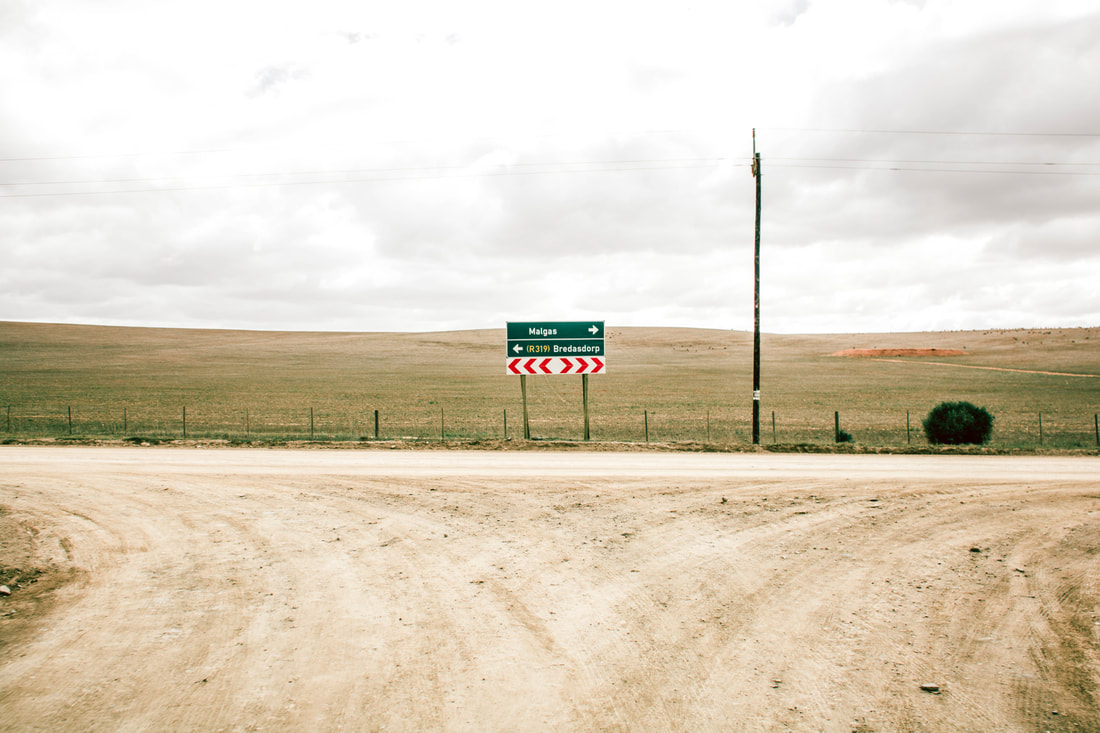










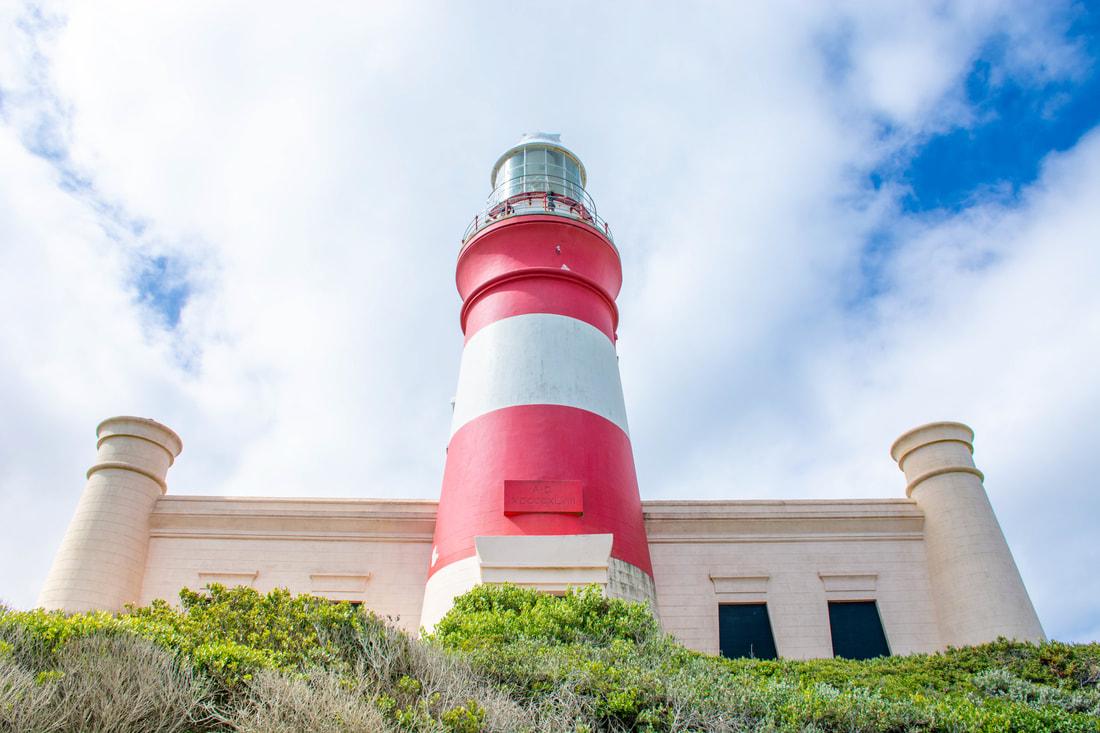



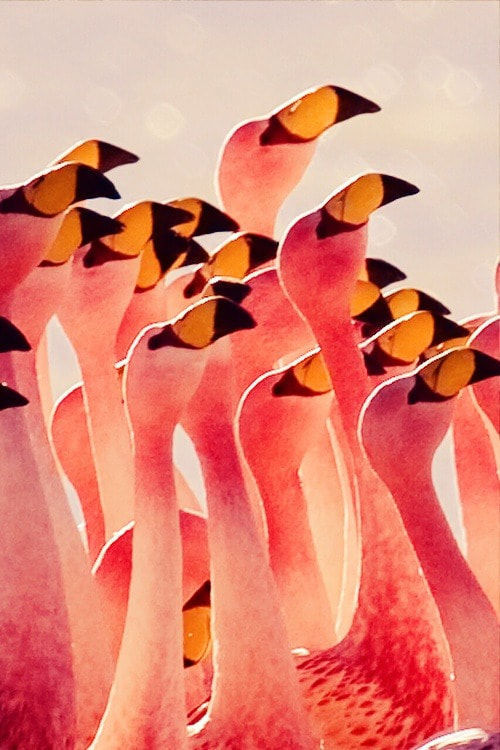
 RSS Feed
RSS Feed
